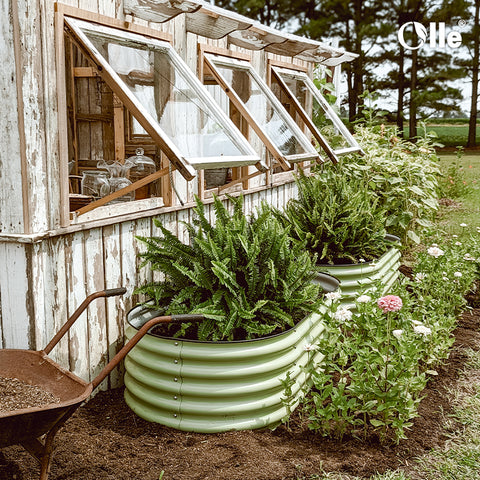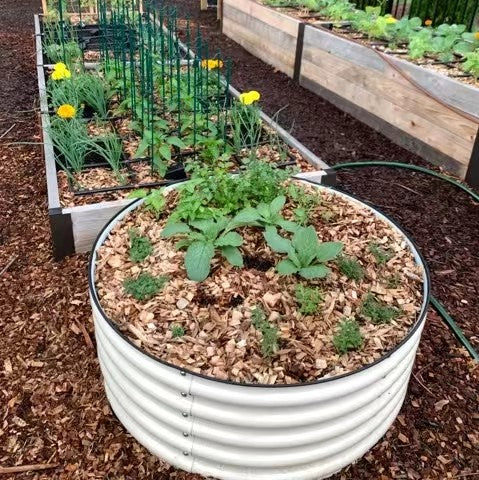Metal Garden Bed Environment Friendly And Future Development Trend
A metal garden bed is an environmentally friendly planting structure that can be used to grow various plants, including flowers, vegetables, and herbs. Compared to traditional soil planting, metal garden beds have many advantages, such as better drainage, better airflow, and higher yields. Therefore, they are becoming increasingly popular and will occupy an important position in future development trends.

Firstly, metal garden beds have extremely high environmental friendliness. The metal material used can be recycled after being discarded and will not pollute the soil or groundwater. The use of this material can also effectively reduce the consumption of wood, helping to protect forest resources. In addition, metal garden beds can also be used to collect rainwater and gray water for reuse, thereby reducing water consumption and reducing water pollution.
Secondly, the production and use of metal garden beds are also very energy-saving. The use of metal materials can reduce energy consumption during the manufacturing process, and they also have a longer service life, which can be reused, thereby reducing the amount of waste. In addition, metal garden beds do not require a lot of arable land and water sources, nor do they need to use chemical substances such as fertilizers and pesticides, thereby reducing environmental pollution.
Finally, metal garden beds have broad market prospects and development space. With the increasing awareness of environmental protection, more and more people are paying attention to sustainability issues, and metal garden beds will become a popular choice. Moreover, they can be widely used in residential areas, parks, industrial parks, and other places to meet the needs of different groups. With the continuous progress of technology, metal garden beds will also become more intelligent, better serving human life and the environment.

In summary, metal garden beds have strong environmental friendliness and energy efficiency and will occupy an important position in future development trends. We should encourage and promote this environmentally friendly planting structure to achieve harmonious coexistence between humans and nature.
